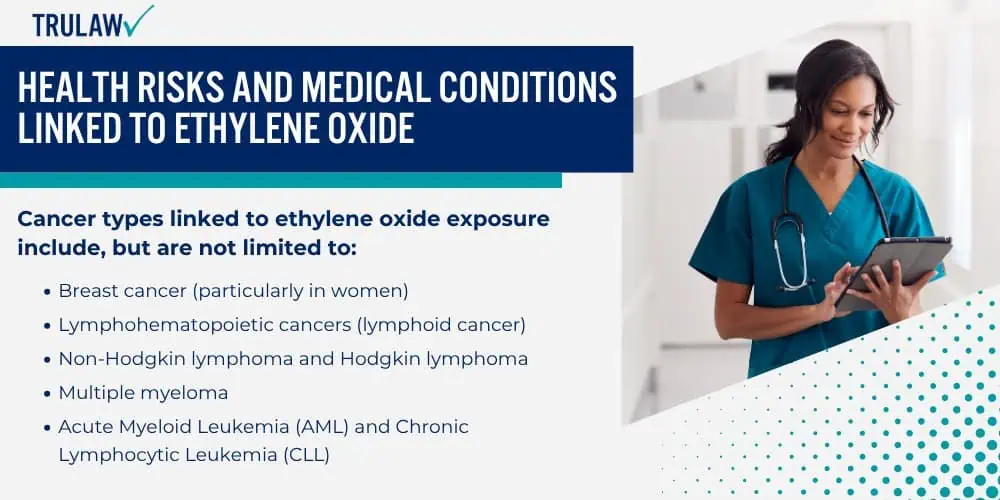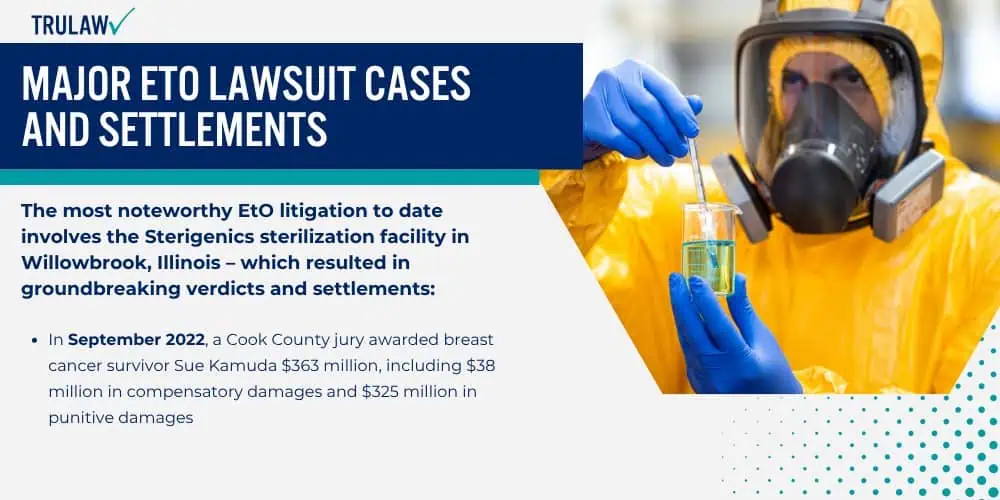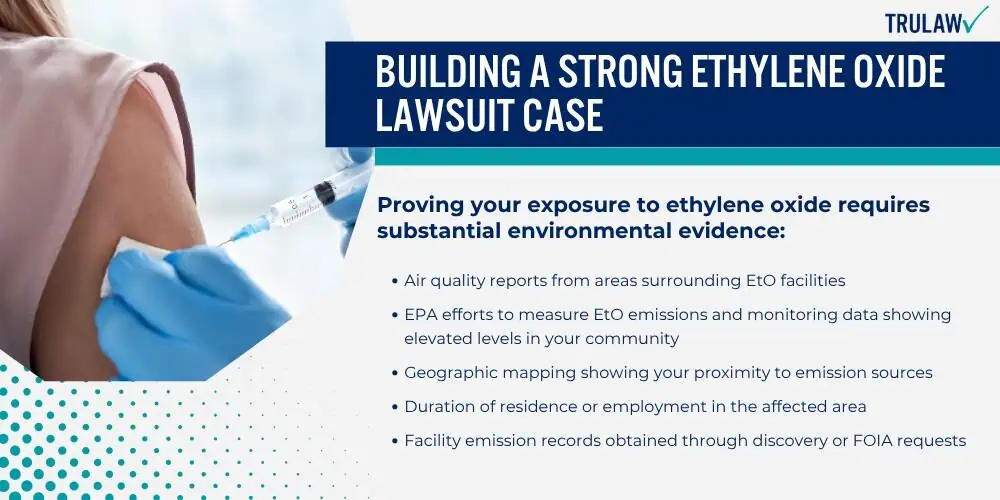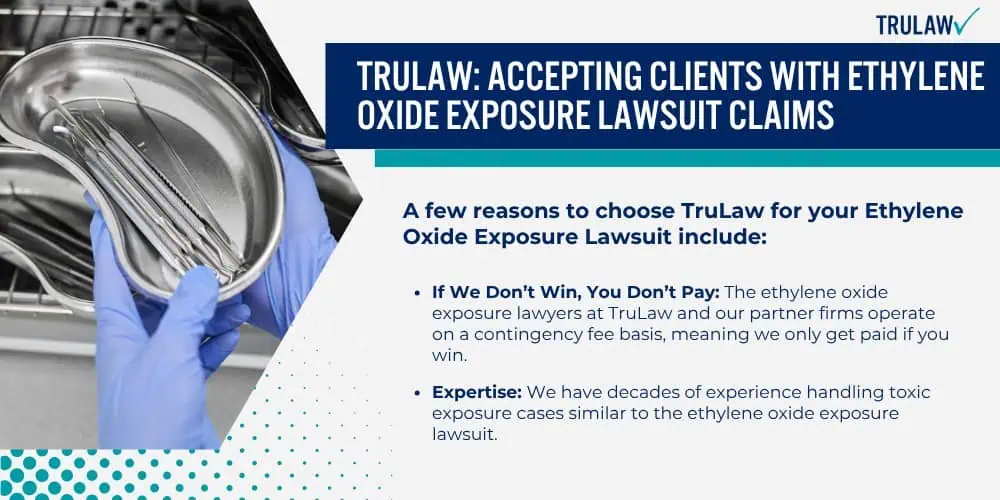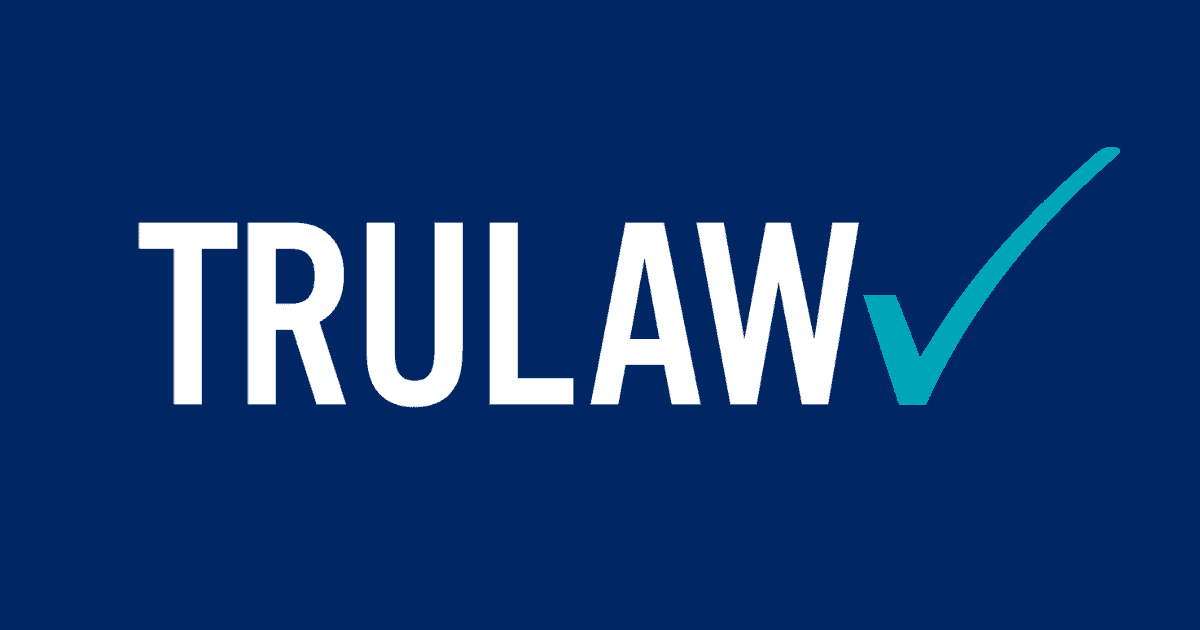Ethylene oxide (EtO) is a colorless, flammable, typically odorous chemical widely used to sterilize medical devices and as a chemical intermediate in various manufacturing processes.
Its ability to penetrate materials makes it particularly valuable for sterilizing heat-sensitive medical devices, but this same property creates serious public health concerns.
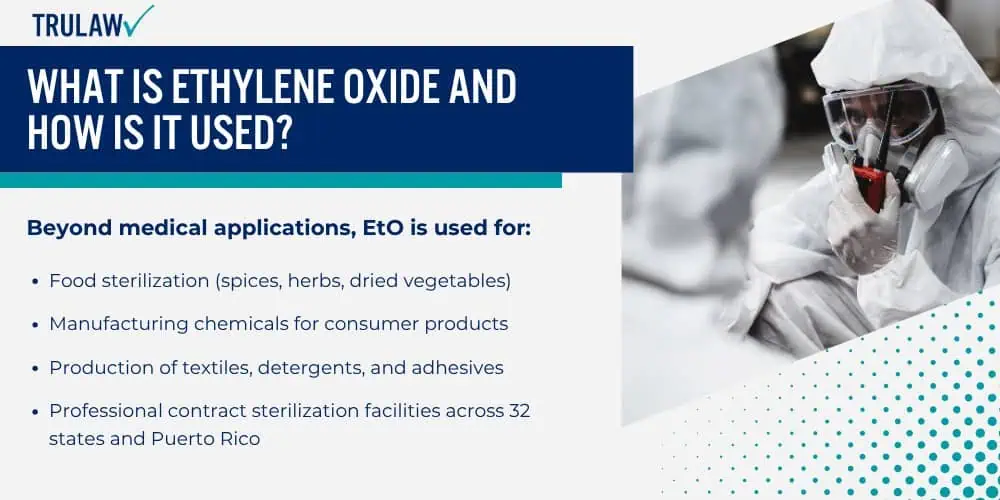
Common Industrial Applications of Ethylene Oxide
EtO plays a key role in healthcare and manufacturing industries.
Approximately 50% of all medical devices in the United States (about 20 billion items annually) undergo EtO gas sterilization.
These include heat-sensitive items like catheters, surgical kits, pacemakers, and ventilators where other sterilization methods could damage the materials.
Beyond medical applications, EtO is used for:
- Food sterilization (spices, herbs, dried vegetables)
- Manufacturing chemicals for consumer products
- Production of textiles, detergents, and adhesives
- Professional contract sterilization facilities across 32 states and Puerto Rico
How Ethylene Oxide Emissions Occur
Industrial facilities release EtO into the environment, distinguishing it from many other chemicals that are easily contained, primarily through:
- Uncontrolled emissions from sterilization plants
- Released gas during production processes
- Environmental spread through air currents
- Challenges in monitoring exact emission levels
The Environmental Protection Agency (EPA) faces ongoing challenges regulating these emissions and requiring pollution control equipment due to the widespread use and economic importance of EtO in healthcare.
Communities at Highest Risk for Exposure
Recent EPA data has identified 23 facilities where EtO emissions contributed to elevated cancer risks for nearby residents with long-term exposure.
Those most affected by EtO exposure include:
- Residents living near sterilization facilities
- Workers in EtO production or sterilization plants
- Communities in identified hotspots (Cobb County, GA; Cook County, IL)
- Predominantly minority and lower-income neighborhoods located near industrial facilities


